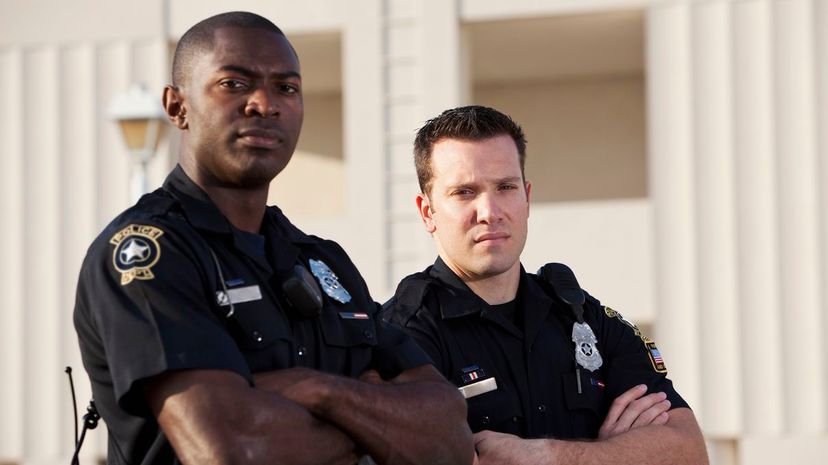
About This Quiz
Sometimes, it just takes too long to say things you really need to say. Instead of texting, "talk to you later," we abbreviate it "TTYL." Rather than saying that we think something is funny, we might respond "LOL." We abbreviate temperature with a "°". We use an ampersand "&" when we're making a list. We even shorten "commercial" when we're typing a URL, like google.com. For decades we've looked for ways to shorten what we need to say ... in a way that the recipient will understand what we mean.
So, why should law enforcement be any different? Police officers spend all day communicating with one another, talking to dispatchers and relaying information to other departments such as fire and paramedics. Often, these conversations are urgent. Sometimes, they are a matter of life or death. That means this communication has to be quick and effective. Enter 10-codes. 10-codes are a system of numbers that correspond to different words and phrases understood by both parties. You've heard someone say, "10-4," before, right? "10-4" is the code for acknowledging something someone else says. Simple as that.
But, there's a whole world of 10-codes out there! Maybe you're a CB radio fanatic or you just like listening to police traffic on a scanner. Now's your chance to test your recall of 10-codes. See how many of these police abbreviations you know, from 10-1 to 10-106!Â
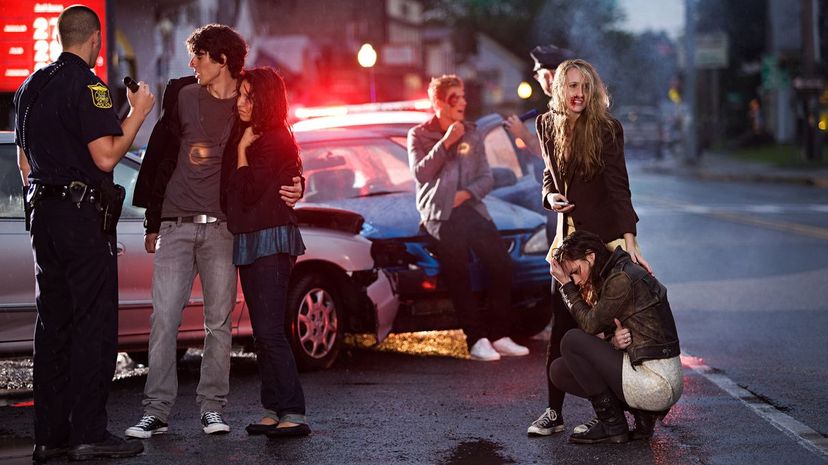
The code "10-18" is one that police officers use to signify that something they are dealing with is urgent. That could include things like a burglary in progress or a serious car accident.
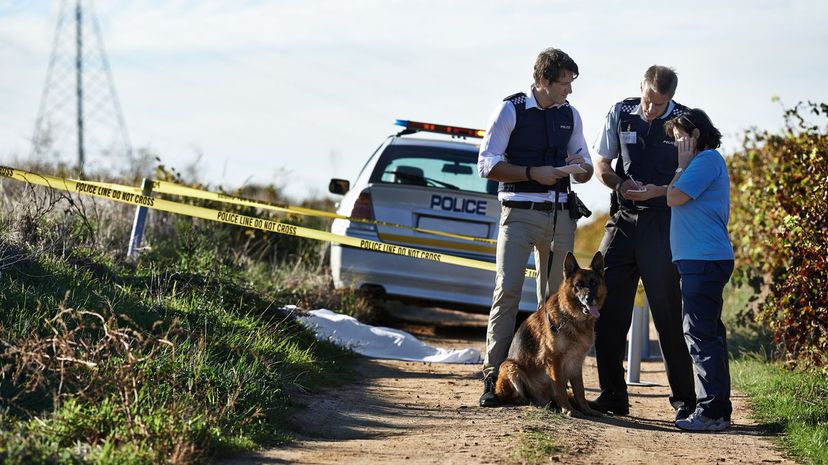
A "10-17" is police code for meeting a complainant. A complainant is typically the individual who placed the call to police in the first place, alleging that something criminal has occurred to them.
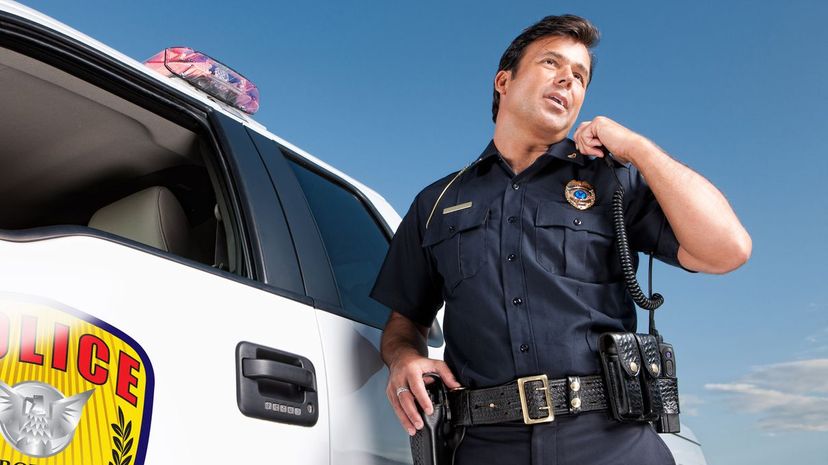
The code "10-4" is an acknowledgment or "OK" by someone listening to confirm a statement made by someone else. The popularity of this code has bled over into the mainstream, where you can hear truckers and regular people using it in conversation.
Advertisement
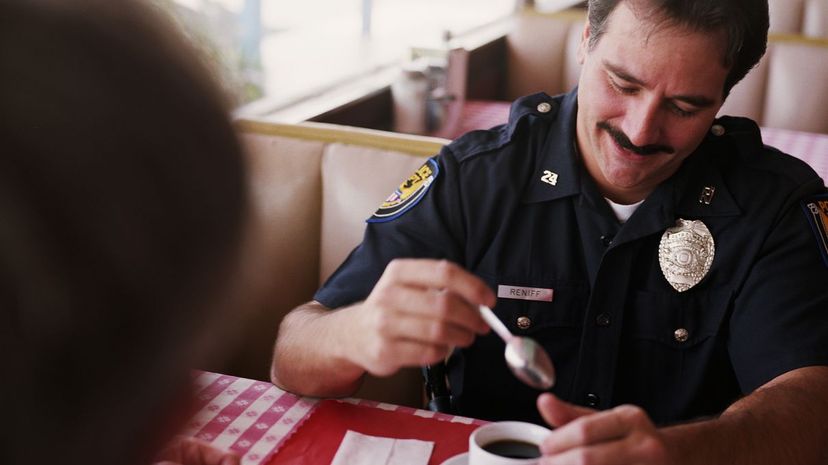
An officer who's "10-7" is out of service for one reason or another. It could be that they've stopped to get food or make a bathroom stop. Telling dispatch they are "out of service" lets dispatch know they can't take any calls until further notice.

Ugh, getting pulled over is the worst, but don't panic if you hear an officer signal a "10-27." This is a way of communicating with dispatch to collect information about you based on your driver's license details.
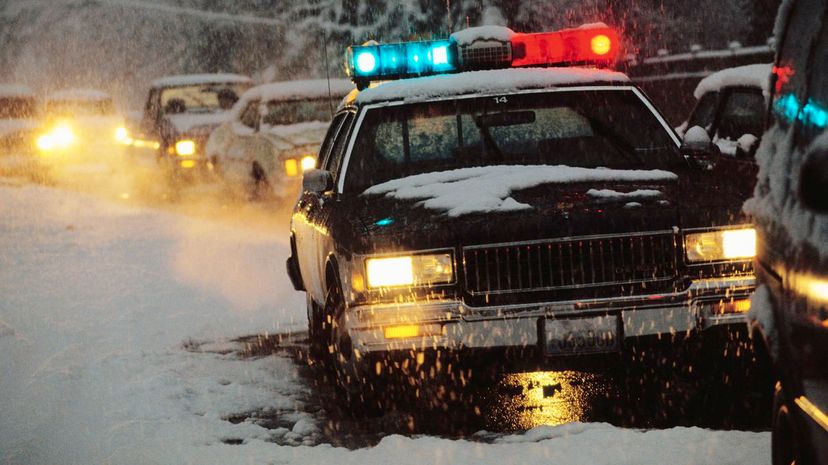
In most places, a "10-13" is an officer's request for information about weather or road conditions. Some departments have their own codes, like New York City, where a "10-13" means that an officer is in need of backup.
Advertisement
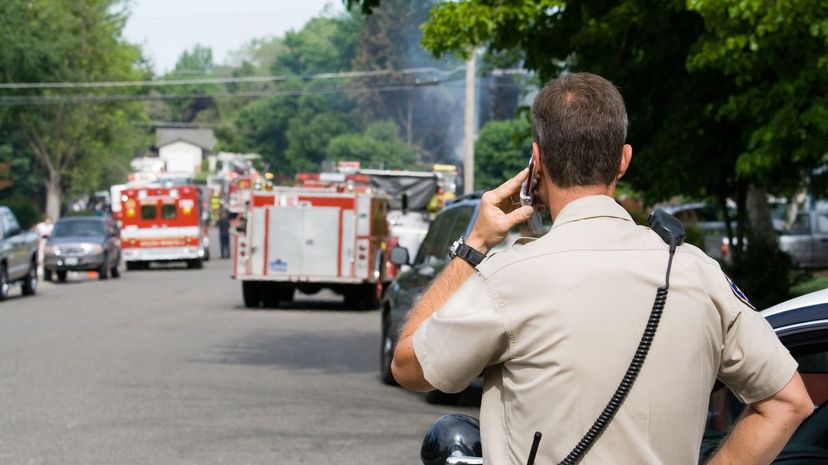
If a police officer uses the code "10-73," there's a good chance he or she is talking to someone at the fire department and getting a "smoke report" on an existing fire being handled.

If an officer is issued a "10-19," this is code for them to return to some prior location. This code is typically accompanied by specific directions, such as "10-19 to the station" or another important spot.
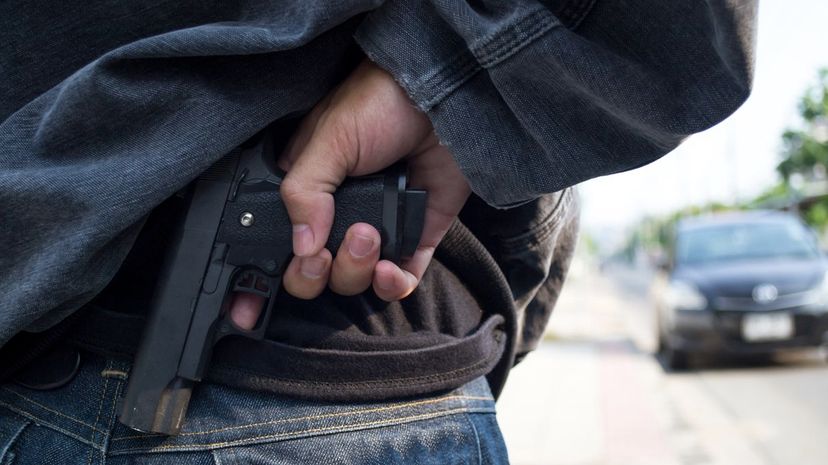
Officers who see or approach a man with a gun might alert other officers and dispatchers by signaling a "10-32," simply a "man with a gun." This is an effective way to communicate the seriousness of the current situation.
Advertisement
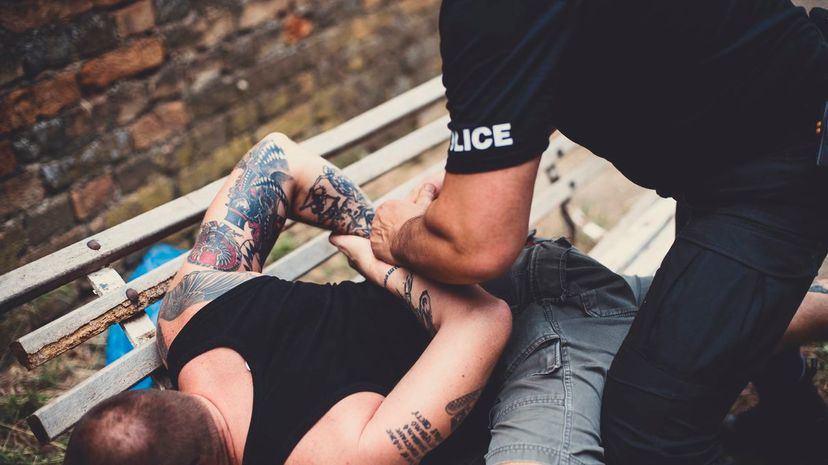
A dispatcher who hears an officer signal a "10-26" knows that officer has detained a suspect or person of interest. In many departments, this code also means that the officer needs expedited attention from dispatch or other officers.
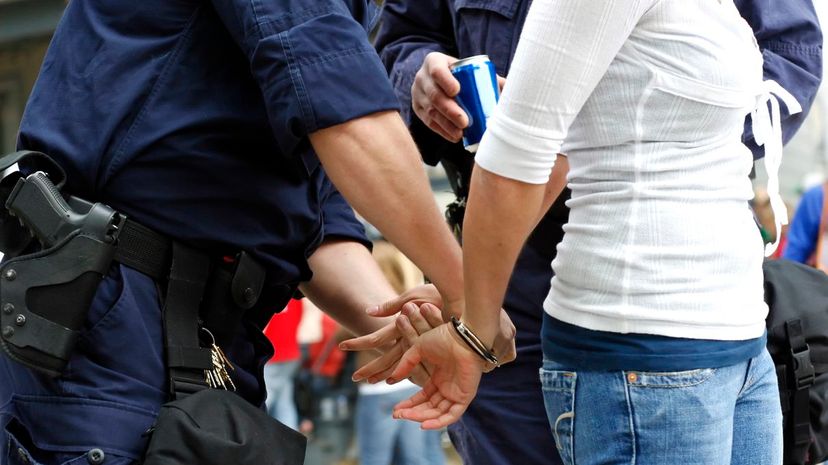
A "10-56" is the way officers communicate they're dealing with a drunken pedestrian. While this would certainly be common around bars or clubs, a "10-56" could happen anywhere ... if you've ever seen "Live PD."

One of the lesser-known 10-codes, "10-42" is used to indicate an officer's "end of duty." This may be due to their retirement or, in more emotional cases, used by other officers in a type of ceremony after an officer's death.
Advertisement

We don't think there are any codes for dealing with aliens or alligators, but maybe there should be! In police lingo, a "10-11" means that an officer is dealing with a situation involving a dog, typically an aggressive one.
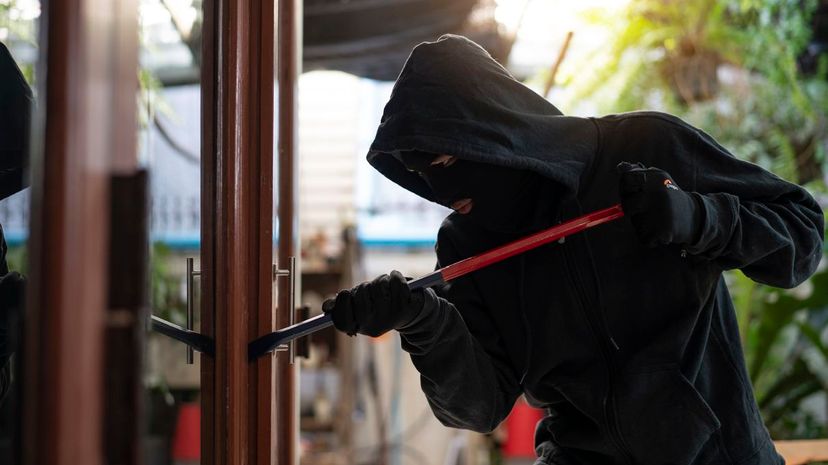
A "10-31" would certainly be a situation where additional officers are necessary because it means there's a crime currently in progress. This code alerts other officers to speed to the alerting officer's location.
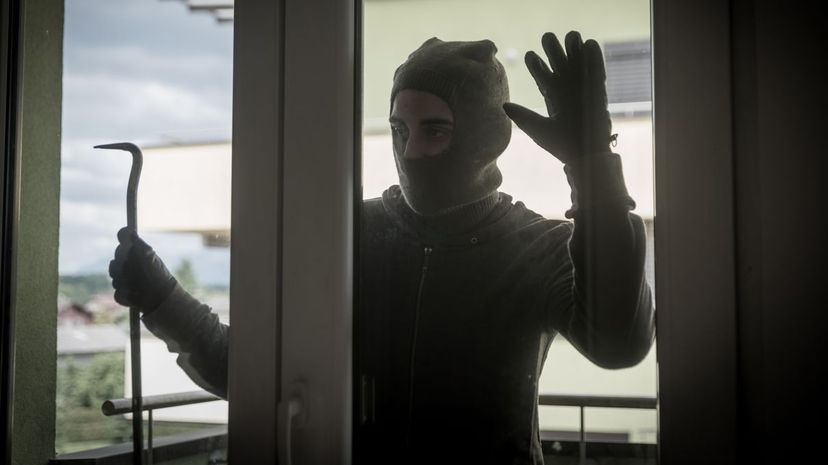
It might be most common for a dispatcher to advise officers of a "10-14," when a caller makes a report of a prowler. A homeowner, for example, might call 911 to report this suspicious situation.
Advertisement

An officer would signal a "10-46" if he or she has stopped to help a motorist. That could include anything from helping to change a tire to delivering a baby (yes, officers, are still confronted with that sometimes!)
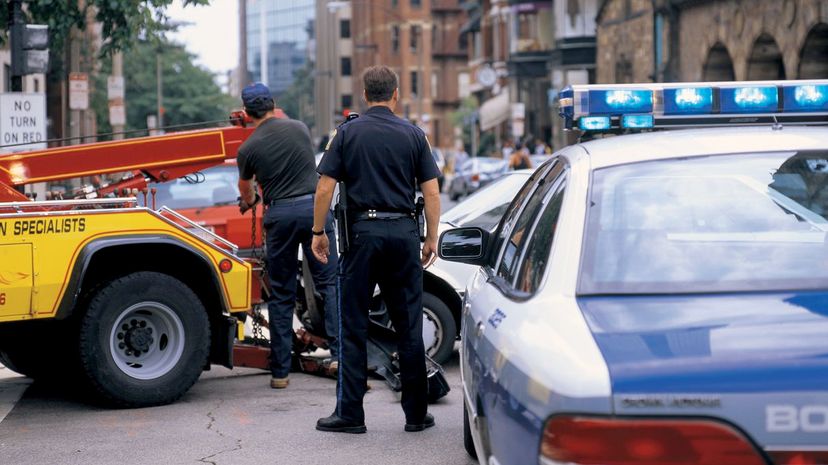
An accident that renders at least one motor vehicle unable to be driven would cause a police officer to call out a signal "10-51." This is a way of signaling that a tow truck is needed to assist.

You wouldn't think it would happen frequently enough to warrant its own code, but apparently it does! A "10-54" is an officer's way of alerting others that there are animals in the roadway. It could just be a deer, of course, but we prefer to think of it as a herd of cows.
Advertisement
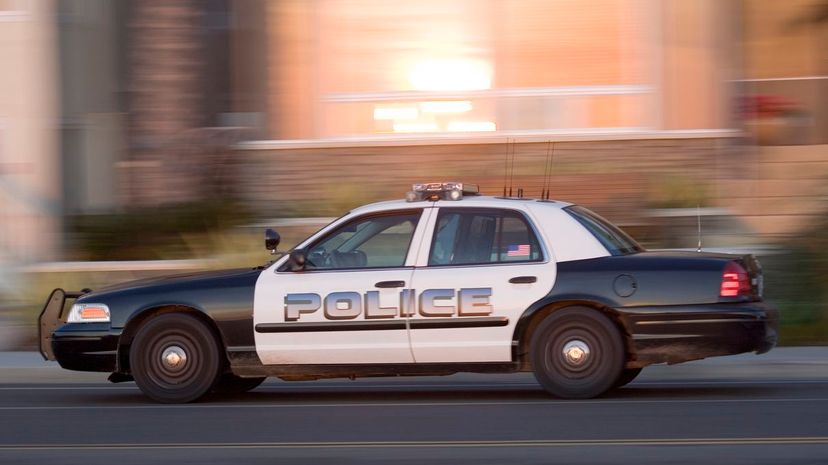
A "10-40" is a signal for a silent run, meaning that the officer should appear at the scene without lights or sirens on his or her vehicle. This might be done to avoid alerting a potential suspect or simply for a non-emergency situation.
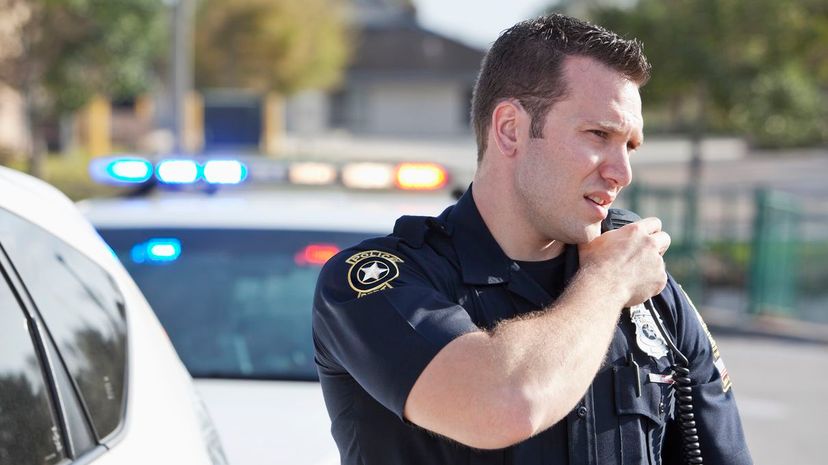
A "10-4" is used as an affirmative to acknowledge something being said. On the other hand, a "10-74" is used in place of saying "no" or "negative" in regard to a comment made by someone else on the police radio.
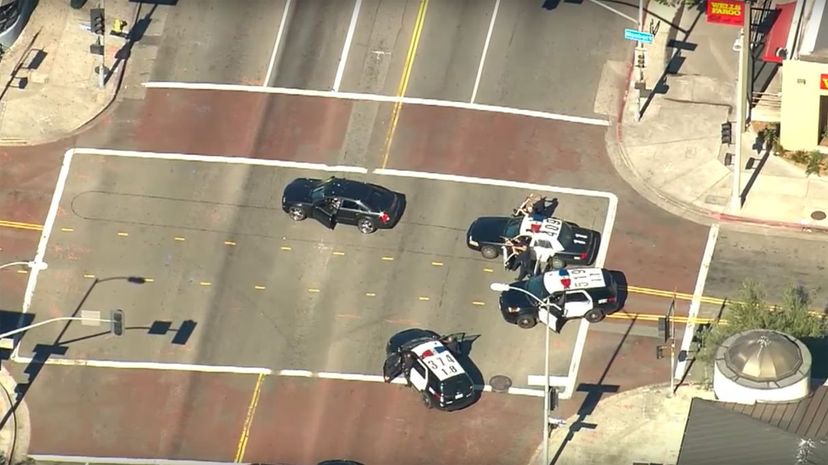
A "10-80" is used by officers to indicate they are involved in a chase. Of course, that could be a chase in a vehicle on the freeway or a foot pursuit with a subject who has taken off on them.
Advertisement
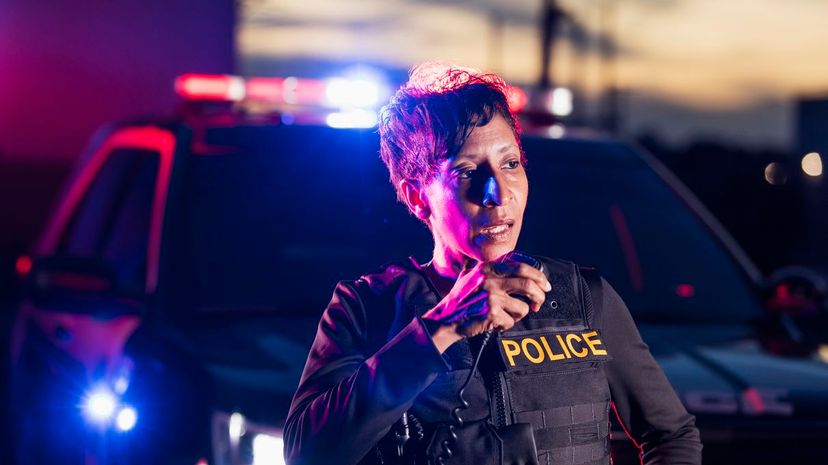
An officer who has been delayed can issue a signal "10-85" and then offer the reason for the delay, if necessary. Delays are a natural part of the police officer's job and this allows them to communicate that clearly.

Have you ever seen a police officer in the middle of an intersection directing the flow of traffic? If so, he or she has likely signaled a "10-58" to let others know they are facilitating the flow of traffic.
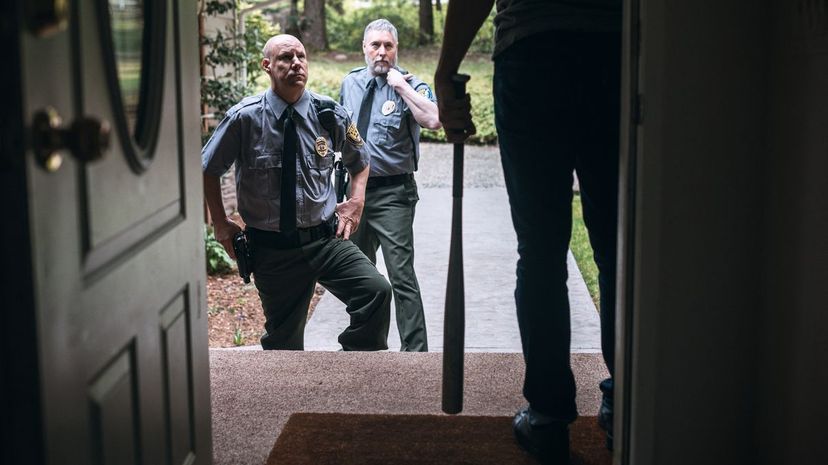
Oh, the domestic situations that officers find themselves refereeing. These can occur at home or in public, but typically involve people in a relationship or those who live in the same residence.
Advertisement
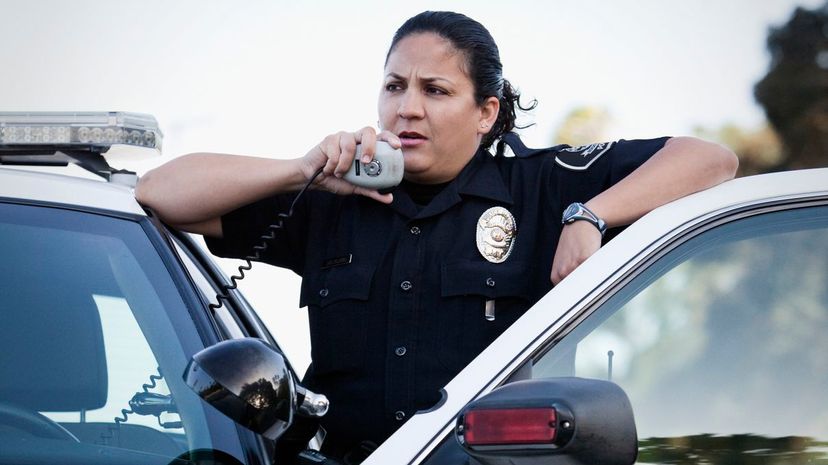
In police code, a "10-77" is a way for an officer to indicate his or her "estimated time of arrival." After all, why say you'll be somewhere in 15 minutes, if you can sound cooler by saying, "10-77 15 minutes?"
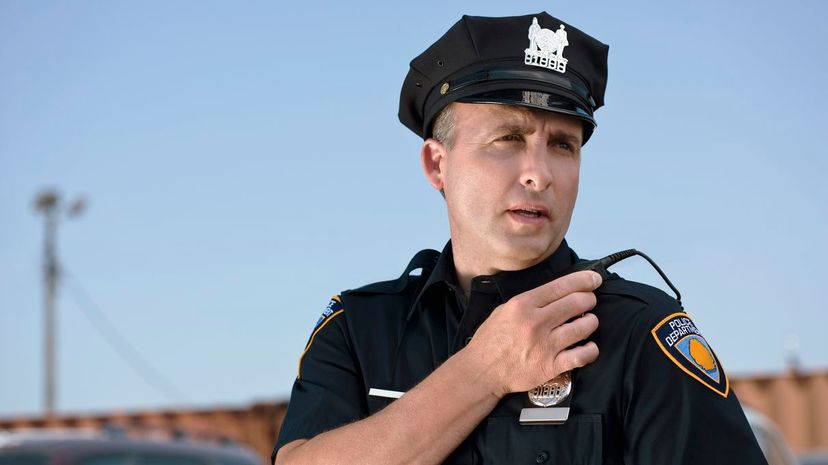
In police talk, a good way of saying "never mind" or "disregard" is to use the police code known as "10-22." This might be used when originally asking for backup, but later changing your mind.

"10-9" is a good way for officers to let others he or she is communicating with know that they didn't hear what was said. A "10-9" indicates that an officer needs the previous transmission repeated.
Advertisement
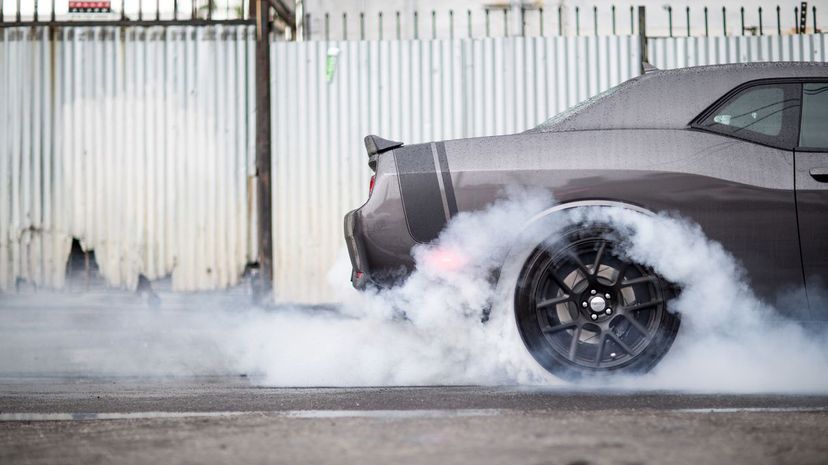
If an officer signals a "10-94" in your presence, watch out! There's a drag race happening nearby. There are some venues where drag racing is deemed acceptable, but public streets and highways aren't part of them.

A "10-79" isn't just about alerting radio listeners to the presence of a deceased person. It actually means that a coroner should be notified. In some police departments, a "10-79" is used to signal a bomb threat.

A "10-90" is a way for dispatchers and police officers to indicate that a bank alarm is in the process of sounding. Of course, it could be a false alarm or a legitimate one, but it has to be checked out either way.
Advertisement
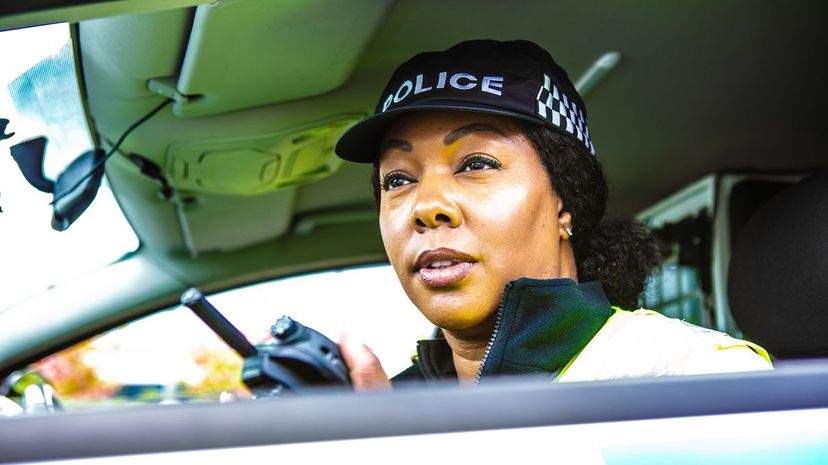
"License and registration, please!" We've all probably heard those words. A "10-28" is the code police officers use to obtain further information on a driver's vehicle registration.
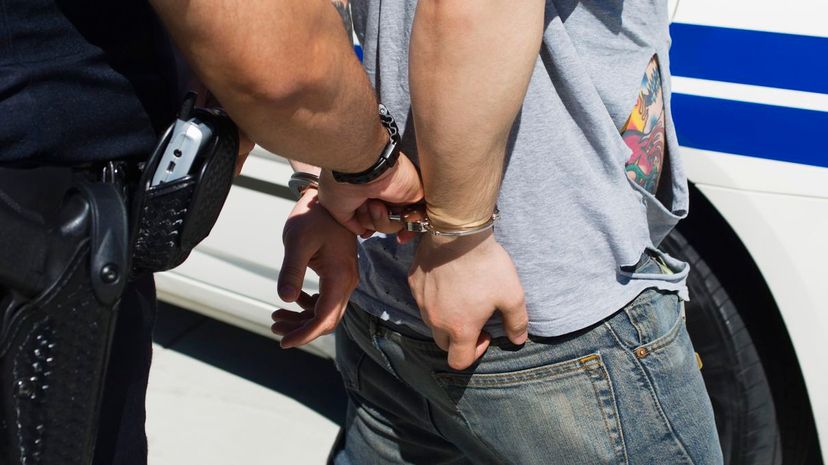
It's not limited to a restaurant or a concert, of course, but a "10-10" illustrates that a fight is in progress ... somewhere. Officers may need additional hands on deck in this situation or extra squad cars to transport transgressors.

Just like we experience, "Can you hear me now?" moments on our personal smartphones, police officers may not be able to copy when communications come through over the radio. They can issue a "10-1," indicating a weak or poor signal.
Advertisement

A "10-23" is a police officer's way of letting others know when he or she has arrived at a given location. So, instead of saying, "I've arrived at the stadium," they might say, "I'm 10-23 at the stadium."

Hey, sometimes even police officers lose track of time. Signaling a "10-36" is a way for a police officer to ask someone listening on the radio - likely a dispatcher - what the correct time actually is.
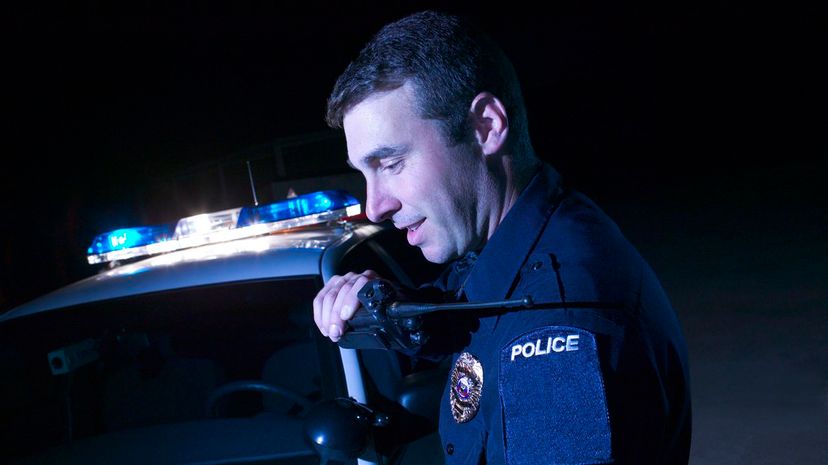
A "10-24" lets dispatchers know that an officer is finished with his current assignment. This is important because it means that an officer is free to attend to other matters that might warrant their attention.
Advertisement
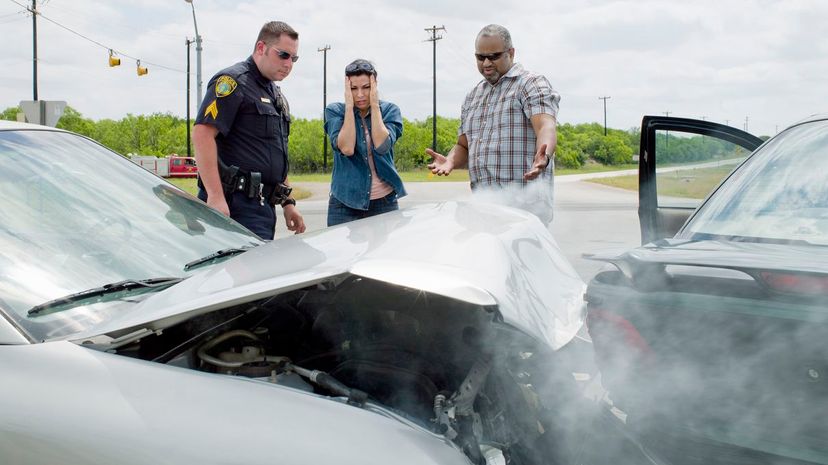
As you might imagine, officers have many different codes for responding to motor vehicle accidents. Typically, a "10-50" indicates that a wreck has occurred, but hold the ambulance - only property damage resulted.
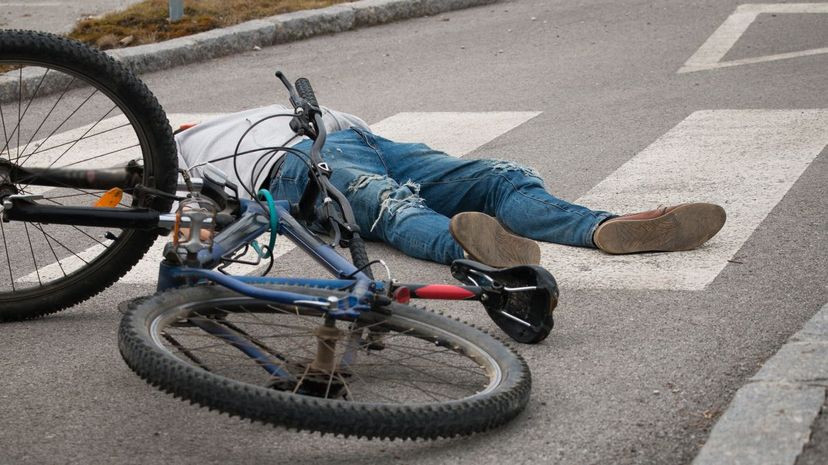
We've already discussed that there are many codes for handling accidents, but a "10-57" is a special kind that deals exclusively with a hit-and-run accident. This occurs when someone is involved in a wreck, but flees the scene before police can arrive.
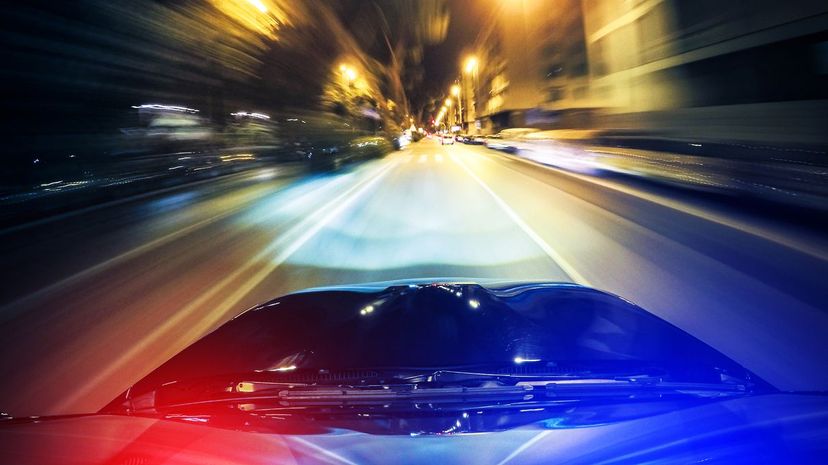
Police officers can indicate they are traveling from one place to another by issuing a "10-76." This lets dispatchers and other officers know that the police officer speaking is "en route" to another location.
Advertisement